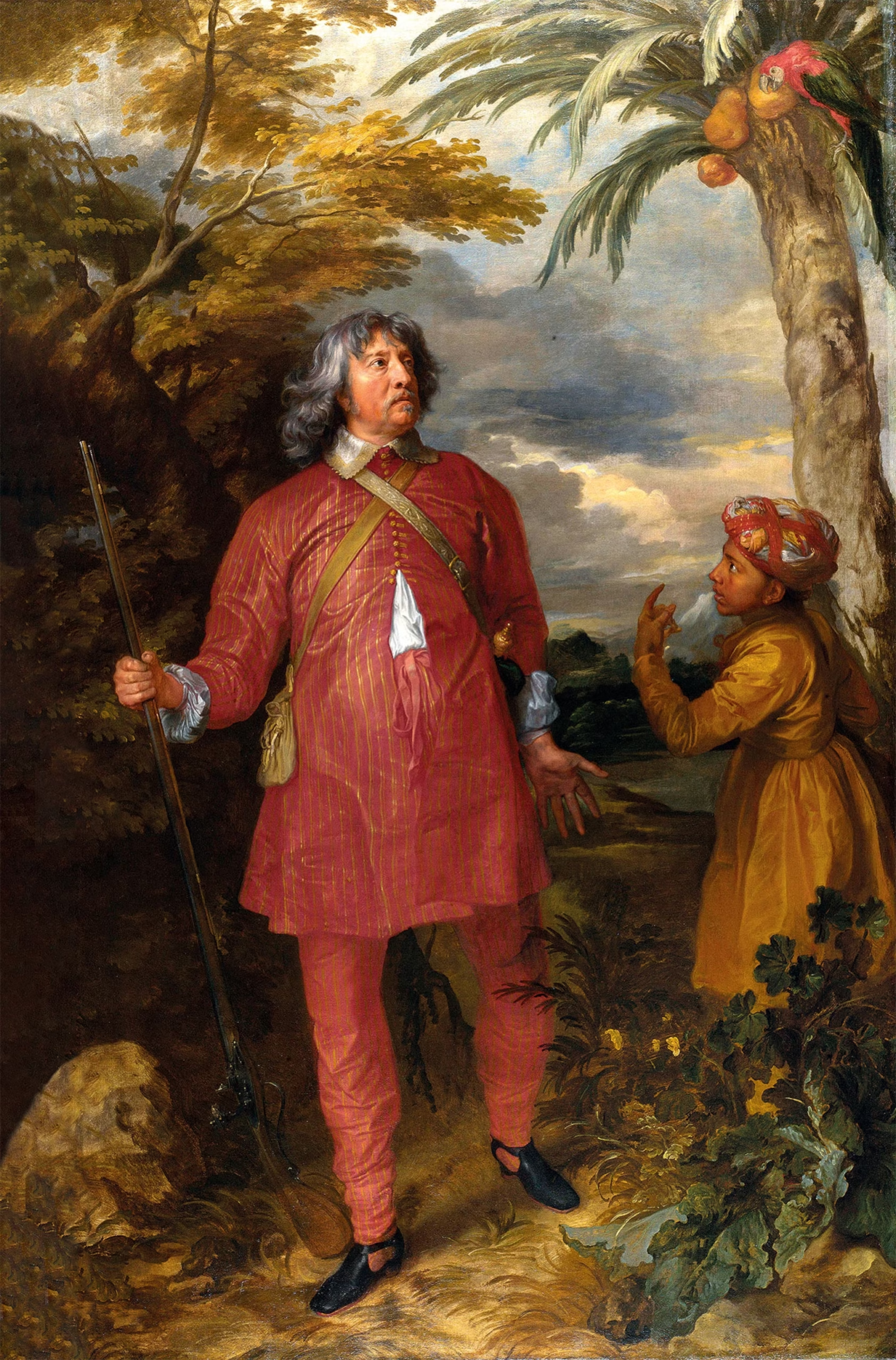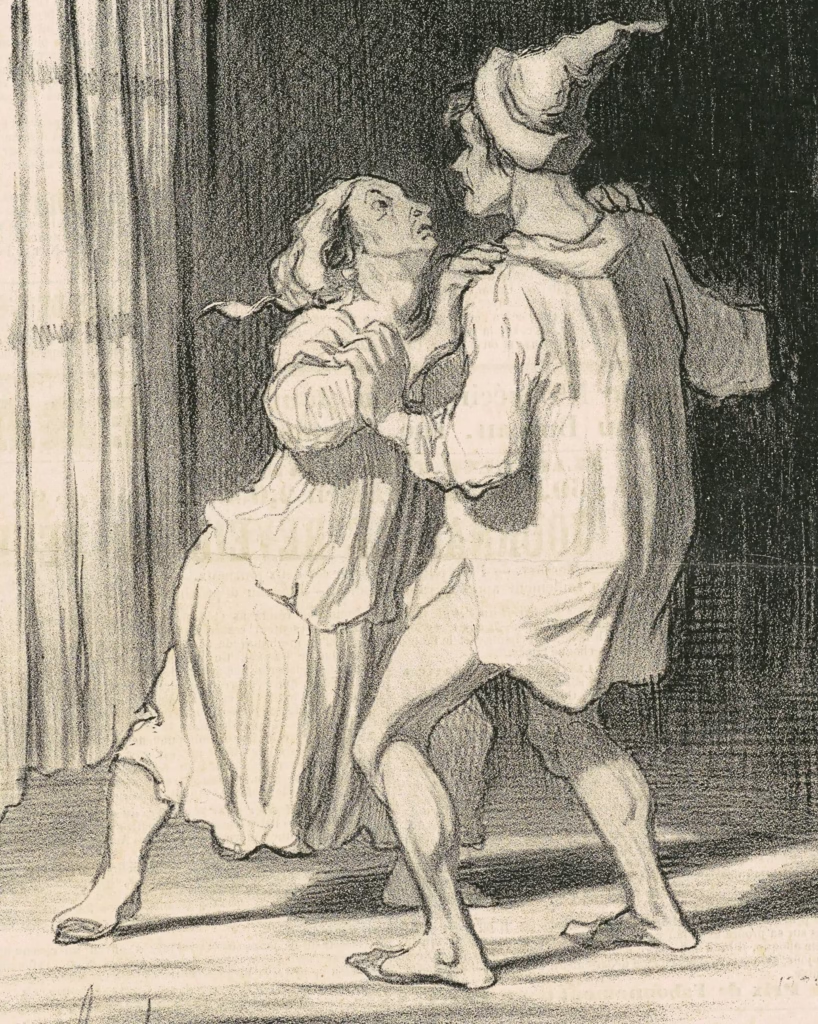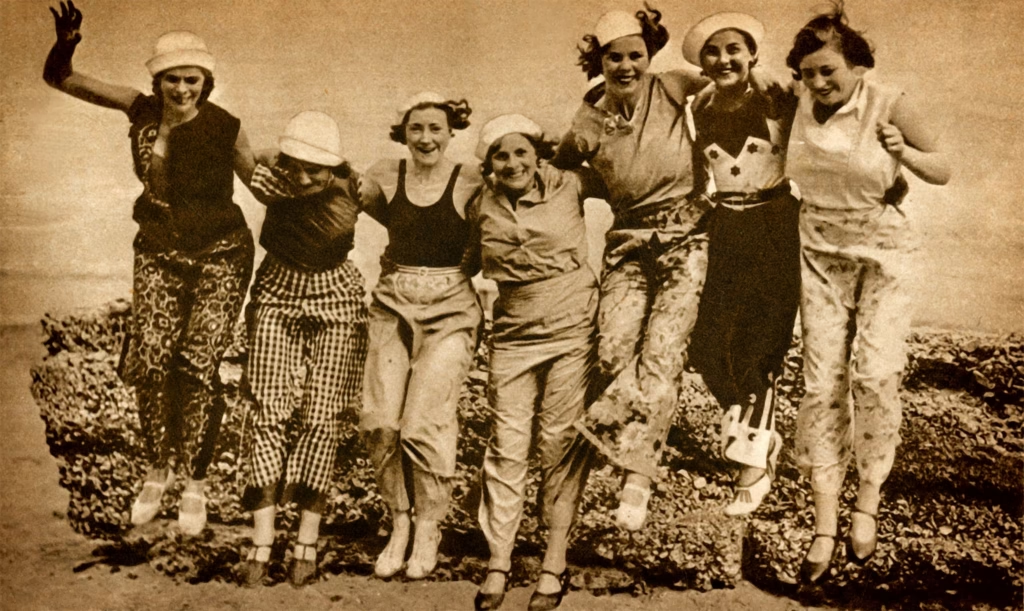From Kurta to Comfort: How Indian Streetwear Became Western Pajamas

The soft cotton, the relaxed fit, the drawstring waist—today’s Western pajamas are often seen as quintessentially modern sleepwear. Yet, few realize their origins trace back to Indian streetwear and everyday attire worn across South Asia for centuries. The very word “pajama” (or pyjama) is of Indian origin, and the clothing itself was once a staple of Indian comfort fashion, long before it became bedtime wear in the West.
This article explores the fascinating journey of Indian traditional garments, especially the pyjama and its related styles, as they traveled from bustling bazaars and rural towns in the Indian subcontinent to become icons of leisurewear in the West.
Origins of the Pajama: Etymology and Early Usage
The term “pajama” comes from the Hindi and Urdu word “pāyjāma” (पायजामा / پاجامہ), which is a combination of:
- “pāy” = leg or foot
- “jāma” = clothing or garment
In India, pajamas were loose-fitting, drawstring trousers made from cotton or silk, designed for hot climates and ease of movement. They were commonly worn by both men and women, often paired with long tunics (kurtas) or loose shirts.
This kind of attire was not limited to sleepwear—it was everyday clothing, practical for India’s tropical climate and part of numerous cultural dress codes, from Mughal courts to working-class communities.
Mughal Influence and the Spread of Pajamas
During the Mughal Empire (16th–19th century), loose pants like salwars and churidars gained prominence in courtly fashion. They were made from fine fabrics and paired with ornate tunics and turbans. These styles influenced Indian men’s and women’s fashion for generations and laid the foundation for what British colonists would later adopt.
When the British East India Company established a stronghold in India, they encountered this comfortable clothing style and began to adopt it themselves, especially during the hot seasons.

British Colonialism: Adoption and Adaptation
By the 18th and 19th centuries, British colonials stationed in India began wearing Indian-style pajamas as leisure and sleepwear, particularly in the sweltering climate. These garments were breathable, light, and far more practical than tight-fitting European trousers or nightgowns.
- British men often wore pajamas after hours or while resting at home.
- By the late 1800s, pajamas had made their way back to Britain—no longer as foreign clothing, but as a fashionable new category of sleepwear.
This cross-cultural adoption shows how colonizers were influenced by the local cultures they lived among—even as they attempted to dominate them politically and economically.
Pajamas Enter the Western Wardrobe
In Victorian England, nightgowns were the standard for sleepwear, especially for women. But by the early 20th century, pajamas became increasingly popular among men and, eventually, women in the West:
- By the 1920s, designer Coco Chanel helped introduce pajamas for women as chic loungewear.
- Pajamas began appearing in films and fashion magazines, symbolizing both comfort and modernity.
- The drawstring and loose-leg style, borrowed directly from Indian tradition, became standard features.
Thus, the pajama transformed from streetwear in India to bedroom attire in Europe and America.
Cultural Misunderstanding and Reinvention
As pajamas became embedded in Western fashion, their South Asian origins were often erased or exoticized. Instead of acknowledging them as functional streetwear, they were relegated to the realm of:
- Orientalist fantasy, particularly in fashion photography
- “Exotic” inspiration for loungewear designers
- Symbolic of “Eastern relaxation” in contrast to “Western rigor”
Ironically, what had been activewear in India was seen as lazywear in the West.
Meanwhile, in India, pajamas remained common everyday garments, especially among older generations, rural communities, and in traditional clothing styles like the kurta-pajama, salwar kameez, or lungi-pajama sets.
Modern Streetwear and Global Blends
Today, the boundaries between streetwear and sleepwear are more fluid than ever, thanks to:
- Athleisure trends
- Gender-neutral silhouettes
- Cultural fusion in fashion
Designers worldwide now re-embrace Indian aesthetics—including block prints, natural dyes, loose fits, and cotton fabrics—in modern loungewear and streetwear collections.
In fact, many of today’s “new” pajama styles mirror what has been worn in Delhi’s streets or Kerala’s markets for generations.
Reclaiming the Narrative
With the rise of sustainable fashion and a growing appreciation for non-Western contributions, many South Asian brands and designers are reclaiming the pajama as a symbol of heritage and comfort, not just sleepwear.
Examples include:
- Kurta-pajama sets designed for formalwear or daily use
- Handloom cotton pajamas for ethical loungewear
- Fusion streetwear brands combining Indian tailoring with global cuts
There’s a growing awareness of how fashion histories are intertwined, and how garments like the pajama tell stories of colonialism, adaptation, and resilience.

Conclusion
From Indian street corners to Western bedrooms, the pajama has traveled a long cultural and historical journey. What began as practical South Asian streetwear evolved, through colonial influence and Western reinvention, into a staple of global comfort fashion.
Today’s pajama is more than a sleepwear item—it is a reminder of how cultures borrow, blend, and sometimes forget the roots of the garments they wear. As fashion continues to embrace cultural hybridity, perhaps it’s time to honor the pajama not just as loungewear, but as a piece of Indian history woven into the seams of global style.




